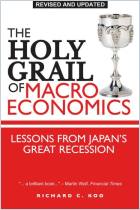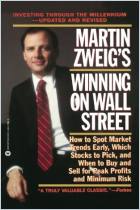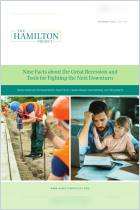Join getAbstract to access the summary!

Join getAbstract to access the summary!
Weiling Liu and Emanuel Moench
What Predicts U.S. Recessions?
Federal Reserve Bank of New York, 2014
What's inside?
A few critical variables can help experts call the next recession long before it arrives.
Recommendation
Econometric forecasting is a complex but crucial task, particularly if it can correctly predict imminent changes in the business cycle. Economists Weiling Liu and Emanuel Moench evaluate the ability of macroeconomic models to forecast US recessions over the 1959–2011 period. They make a valuable contribution to an extensive body of research on this topic, revisiting and investigating forecast methods and variables, and exploring ways to optimize them. Their discussion is quite technical and makes for a careful, detailed read. getAbstract recommends this scholarly analysis to forecasters, econometricians and economists.
Summary
About the Authors
Weiling Liu is a doctoral candidate at Harvard Business School, and Emanuel Moench is a research officer at the Federal Reserve Bank of New York.


















Comment on this summary